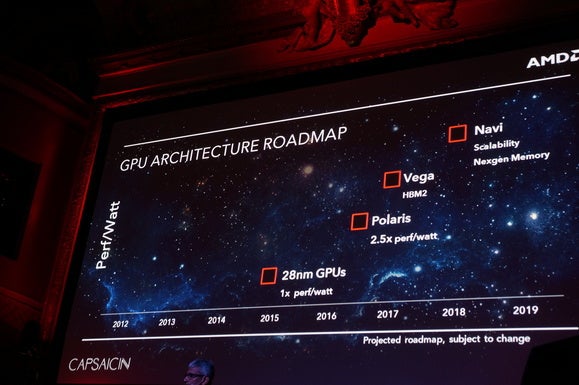Because Nvidia said it isn't financially viable with current technology.
https://www.pcgamesn.com/nvidia/graphics-card-chiplet-designs
“This gives us a bunch of technologies on the shelf that at some point in time,” says Dally, “if it became economically the right thing to do to, assemble GPUs from multiple chiplets, we basically have de-risked the technology. Now it’s a tool in the toolbox for a GPU designer.”
The interviewer then asked where the crossover point is with the industry moving down to 7nm and then onto 5nm… where is the crossover point for GPU chiplets to actually become worthwhile? To which Alben replied, “We haven’t hit it yet.”
We know Ampere is going to be on 7nm, and according to Nvidia 7nm, which the market hit months ago, is not an financial option for chiplets. The writer of the article continued on:
"But when it comes to gaming GPUs I’m not convinced we ever will. With CPUs it’s a lot easier to combine multiple chips together to work for a common processor-y goal on their specific workloads. And for GPUs simply chewing through large datasets or deep learning the hell out of something it’s a doddle too, but when your GeForce graphics card is trying to spit out multiple game frames rendered on multiple chiplets it’s a whole lot tougher."
I think pretty much everyone is in agreement that enterprise compute hardware is where we're going to see GPU chiplets first. Both because the workloads are more compatible with the technology and because the market can support much higher costs to recoup R&D and production costs. It would be extraordinary for Nvidia to release Quadro cards with chiplets between now and the end of say Q1 2020 with absolutely no leaks up to this point indicating that plan. With a rumored H1 2020 release for Ampere, then Nvidia would have to trickle the technology down to gaming cards as little as 2 or 3 months later. There is just no way that chiplets deemed financially implausible for the enterprise market will suddenly become financially viable (and technically possible) for the gaming market a couple months after a surprise enterprise release.


